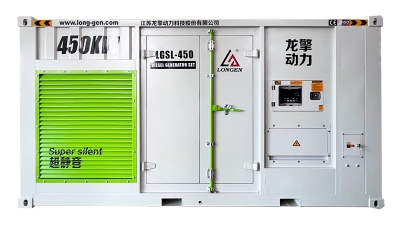Exploring Alternative Power Solutions: Beyond Diesel Generators for Sustainable Energy
Table of Contents
- Exploring Solar Power: Harnessing the Sun for Sustainable Energy Solutions
- Wind Energy Innovations: Capturing Airflow for a Greener Future
- Hydropower: Utilizing Water Dynamics for Renewable Energy Production
- Biomass Energy: Transforming Organic Waste into Sustainable Power Sources
- Geothermal Energy: Tapping into Earth's Heat for Reliable Energy Solutions
- Energy Storage Technologies: Enhancing Reliability in Renewable Energy Systems
- Maximizing Efficiency and Reliability: A Comprehensive Guide to Choosing Rental Diesel Generator Sets from 10kVA to 1250kVA
- FAQS
- Conclusion
- Related Posts
When it comes to finding sustainable energy solutions, Diesel Generators have pretty much been the go-to choice in the power industry for ages. I mean, according to a recent report from the International Energy Agency, global electricity demand is expected to grow by about 2.1% every year until 2040. That definitely pushes us to explore more eco-friendly options instead of relying solely on traditional diesel power. Now, don’t get me wrong— these generators are quite efficient and reliable. But at the same time, they’re a big source of greenhouse gas emissions and air pollution, which is a serious concern. So, there's a real push for innovative alternatives.
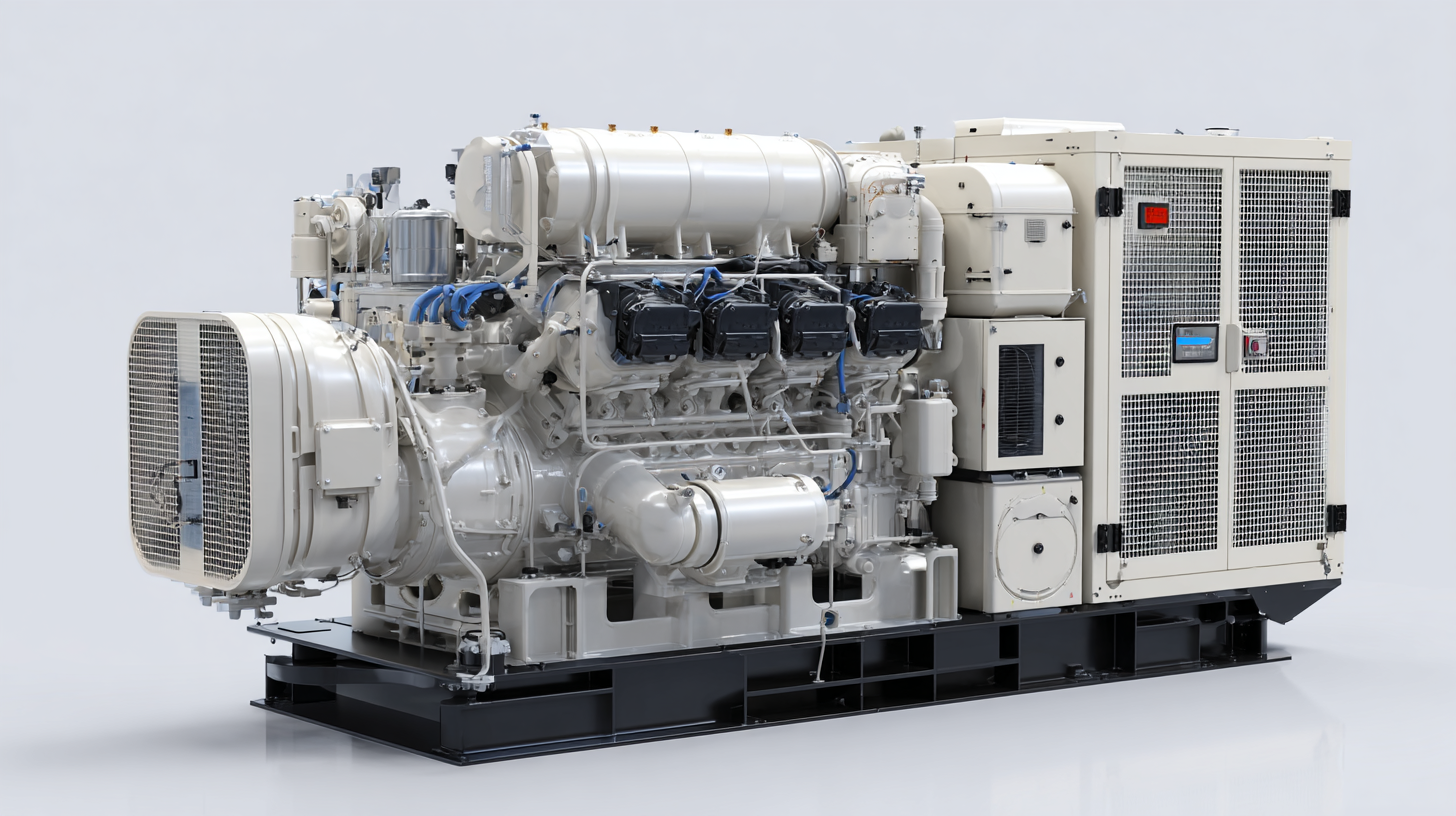
Companies like JIANGSU LONGEN POWER TECHNOLOGY CO., LTD. know this too—they’re leaders when it comes to designing and making generator sets. They work with engines from Perkins to Mitsubishi and alternators from Stamford to Leroy Somer, and they’re clearly committed to exploring new, cleaner power options. This shift is super important, especially as it lines up with global efforts and tighter regulations aimed at cutting down carbon footprints— and honestly, it’s pretty exciting to see this move toward more sustainable energy practices.
Exploring Solar Power: Harnessing the Sun for Sustainable Energy Solutions
You know, solar power is really taking off these days as a pretty solid alternative to the old-school diesel generators. Especially if you're into more sustainable energy options, it’s hard to ignore. The International Energy Agency (IEA) mentioned that in 2020 alone, solar capacity jumped by a huge 139 gigawatts—that's pretty impressive! By 2021, solar accounted for over 20% of the world's electricity. It’s a clear sign that we’re moving towards greener energy, but what's also exciting is that the cost of installing solar panels has plummeted—down about 89% since 2010. Crazy, right?
Switching to solar isn't just about helping our planet by cutting down on carbon emissions. It also means more energy independence. The National Renewable Energy Laboratory (NREL) did some projections and reckon that if investments keep flowing in, the US could be generating over 40% of its electricity from solar power by 2035. Plus, with advances like solar batteries and smart grid tech, it’s getting easier to store leftover energy during sunny days, making the whole system more reliable. All of this means that, for businesses and folks at home, it’s a win-win: you save on energy costs and play a part in building a more sustainable world. Pretty exciting stuff, don’t you think?
Wind Energy Innovations: Capturing Airflow for a Greener Future
Lately, there’s been a real push to find more sustainable energy options, you know? Industries are starting to look for alternatives to traditional diesel generators, which is pretty exciting. One area that’s really catching on is wind power — using the natural breeze to generate electricity. Thanks to some recent innovations in wind turbine tech, we’re now able to capture energy much more efficiently than before. These days, turbines can handle a wider range of wind speeds, and they’re built with smarter materials and designs that boost energy output while keeping environmental impact in check.
At JIANGSU LONGEN POWER TECHNOLOGY CO., Ltd., while we mainly focus on diesel generators, we totally get how important it is to embrace more sustainable ways of producing power. Our team’s got a lot of experience designing and making these generators, and we see how renewable tech is shaping the future. We’re actually trying to find ways to mix diesel and wind energy solutions, so we can support industries and also work towards a greener planet. As the world moves toward cleaner energy, staying open to innovations like wind power is going to be key for hitting those long-term environmental goals and cutting down our reliance on fossil fuels.
Hydropower: Utilizing Water Dynamics for Renewable Energy Production
When it comes to finding sustainable energy solutions, hydropower really does stand out as a pretty promising alternative to those old-school diesel generators. I mean, water’s natural movement—like rivers and waterfalls—can be used to generate electricity, and it’s a clean, renewable source of power that’s hard to beat. Unlike diesel generators, which pump out emissions and rely on limited fossil fuels, hydropower tends to have a much lower environmental impact. That makes it an awesome choice for folks who care about the planet.
At JIANGSU LONGEN POWER TECHNOLOGY CO., LTD., we totally get that moving toward renewable energy is super important—even if our main thing has been making reliable diesel generators with engines from Perkins and Cummins. While those generators work great for a bunch of different needs, switching to renewables like hydropower is really the future. By adding hydropower tech into our product lineup, we’re hoping to help create a cleaner, greener energy mix—one that’s more in line with global efforts to cut down on carbon emissions and promote sustainability. Embracing these kinds of alternatives isn’t just good for the environment; it also opens up new doors for innovative energy solutions in the years ahead.
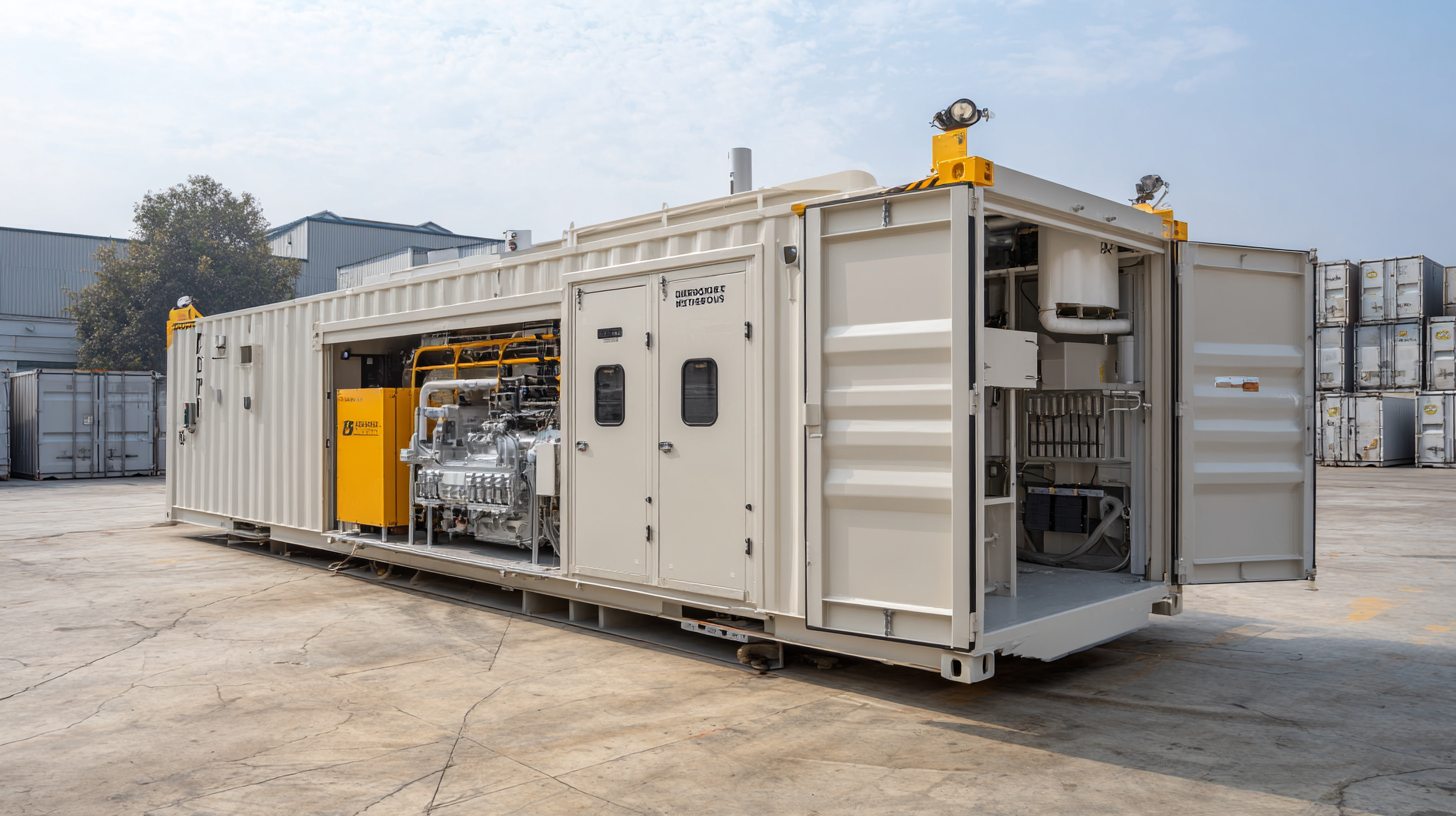
Biomass Energy: Transforming Organic Waste into Sustainable Power Sources
You know, biomass energy—it's basically energy coming from organic stuff like plant waste, food scraps, and other natural materials—has really been gaining ground as a solid alternative to the usual fossil fuels. I read somewhere that, according to the US Energy Information Agency, biomass makes up around 5% of the country's total energy use. That might not sound like a lot, but honestly, it shows there's big potential here. By turning trash from farms, food waste, and other organic leftovers into bioenergy, not only do we cut down on what ends up in landfills, but we also get a clean, renewable power source that helps cut down greenhouse gases.
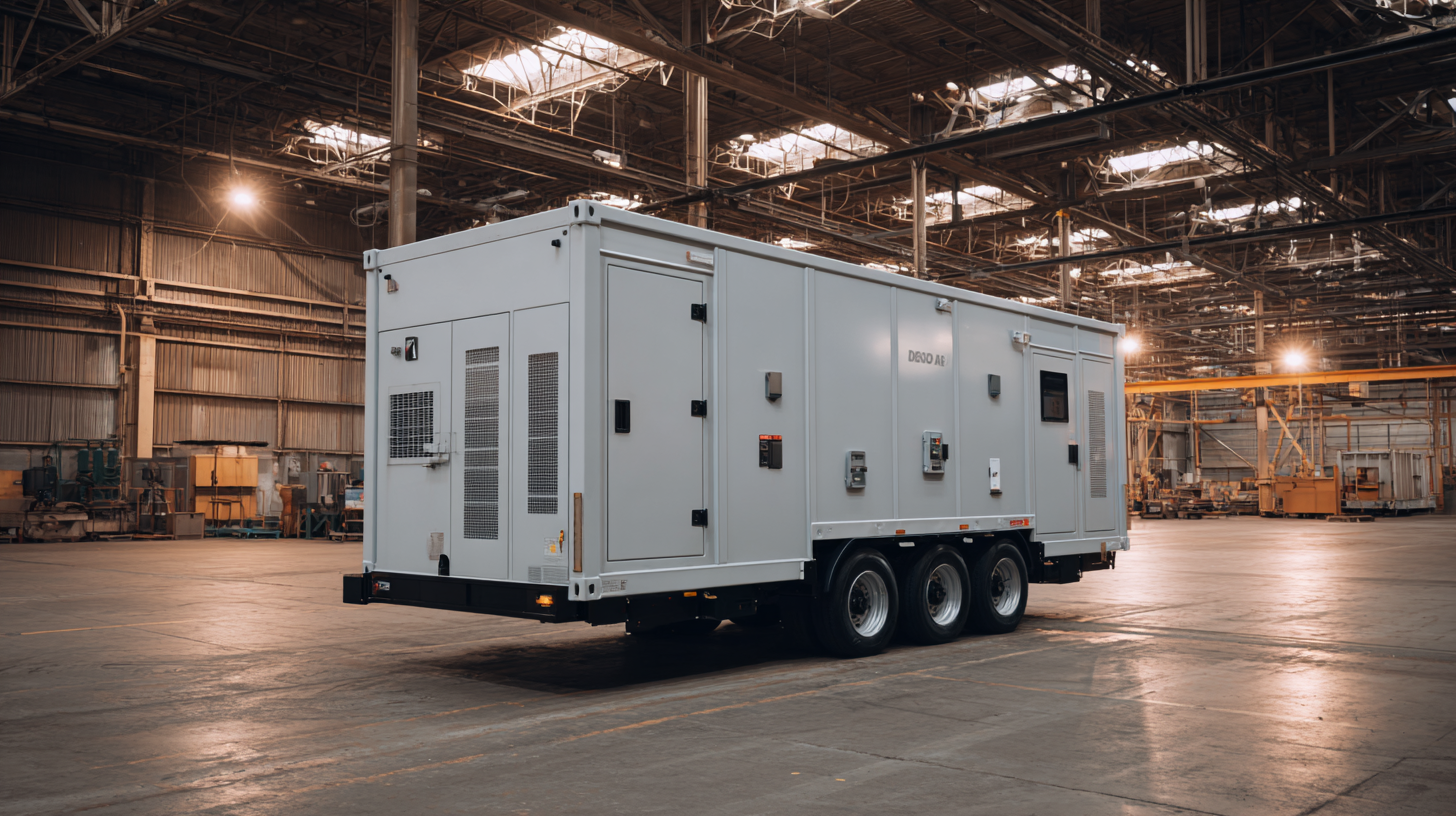
The cool thing is, the process of turning biomass into energy—whether it's burning it directly, gasifying, or through anaerobic digestion—can produce heat, electricity, or even fuel. And get this, a report from the International Renewable Energy Agency predicts the global biomass market could hit about $28 billion by 2025. That’s mainly because people are searching more and more for sustainable energy options. Plus, using biomass helps boost energy security since it diversifies where we get our power and cuts down our dependency on imported fuels. Honestly, it seems like a smart move for a greener, more sustainable future.
Geothermal Energy: Tapping into Earth's Heat for Reliable Energy Solutions
You know, geothermal energy really is a pretty awesome option when we're talking about moving toward more sustainable power sources. I mean, just imagine tapping into the Earth's own heat—it's like nature’s own energy gift! With it, we can create a steady, reliable energy supply that's not only super efficient but also does a much better job at cutting down our carbon emissions. Basically, the process involves using hot water reservoirs deep underground to spin turbines for electricity or to heat up buildings directly. And because of that, geothermal is pretty flexible—perfect for big power plants or smaller, neighborhood-scale heating setups.
And here's the cool part: geothermal energy is super sustainable. Unlike fossil fuels like diesel, which are finite and mess up the environment as they run out, geothermal sources can basically last forever—well, at least for our lifetime. Plus, geothermal plants emit hardly any greenhouse gases compared to fuel-based power stations. Switching to geothermal could really help fight climate change, all while giving us a steady energy flow, no matter what the weather’s doing or how fuel prices are swinging. So, as we look for better alternatives to diesel generators, geothermal energy really shines as a promising, cleaner way to power our lives in the future.
Exploring Alternative Power Solutions: Beyond Diesel Generators for Sustainable Energy
| Energy Source | Potential (MW) | Capacity Factor (%) | Installation Cost ($/kW) | Emissions (gCO2/kWh) | Lifespan (Years) |
|---|---|---|---|---|---|
| Geothermal Energy | 10,000 | 90 | 4,500 | 5 | 30 |
| Solar Power | 20,000 | 25 | 3,000 | 40 | 25 |
| Wind Energy | 15,000 | 35 | 1,500 | 12 | 20 |
| Biomass Energy | 8,000 | 75 | 5,500 | 30 | 20 |
| Hydropower | 25,000 | 50 | 5,000 | 3 | 50 |
Energy Storage Technologies: Enhancing Reliability in Renewable Energy Systems
Energy storage tech really is a game-changer when it comes to making renewable energy more reliable and efficient. As we move towards greener options, one tricky part is that sources like solar and wind can be pretty spotty—they don’t produce power consistently. So, innovations like lithium-ion batteries, flow batteries, and cool flywheel systems are super helpful—they let us store up all that excess energy during those peak times, so we’ve got it when demand is high or when the sun isn’t shining and the wind isn’t blowing. Honestly, it’s a big deal because it not only helps even out supply and demand but also acts as a backup during outages, making sure renewable energy stays dependable.
On top of that, adding energy storage to renewables actually makes the whole grid way more resilient. Smart grid tech can tweak how we distribute power on the fly, based on what people are using. This makes it easier to rely on renewable sources even when the wind’s calm or the sun’s low, which cuts back on our need for old-school fossil fuels. That’s a big step toward being more sustainable. The fact that these storage options are getting better and more widespread signals that we’re heading toward a future where energy is not only cleaner but also more reliable. It’s exciting because it means we can meet our growing energy needs without messing up the planet too much.
Energy Storage Capacity of Different Technologies
This chart illustrates the capacity of various energy storage technologies that can be used as alternatives to diesel generators. The data reflects the potential storage capacity in megawatt-hours (MWh) for each technology.
Maximizing Efficiency and Reliability: A Comprehensive Guide to Choosing Rental Diesel Generator Sets from 10kVA to 1250kVA
When it comes to maximizing efficiency and reliability in temporary power solutions, choosing the right rental diesel generator set is crucial. Rental generator sets, ranging from 10kVA to 1250kVA, offer a versatile option for various applications, from construction sites to large outdoor events. According to industry reports, the global market for rental power generators is projected to reach $23 billion by 2025, driven by the increasing need for reliable power in both urban and remote locations, thereby emphasizing the growing demand for these temporary power solutions.
The flexibility of rental generators allows them to be easily transported, making them an ideal choice for businesses that require a dependable power source for limited-duration projects. With power capacities tailored to diverse needs, these generators help prevent downtime that can arise from insufficient electricity. Reports indicate that deploying rental generators can reduce operational costs by up to 30% compared to using permanent installations, enabling businesses to allocate resources more effectively while ensuring operations run smoothly.
Moreover, rental generator sets come equipped with advanced technology to ensure optimal performance under varying loads, which enhances reliability during critical operations. With features such as automated start/stop functions and remote monitoring capabilities, modern rental generators can adjust to power demands seamlessly. In fast-paced environments where power availability is a priority, these units prove to be indispensable tools for maintaining productivity and safety.
FAQS
: Harnessing solar power reduces carbon emissions, offers energy independence, lowers energy costs, and has a rapidly declining installation cost, making it an economically viable choice for sustainable energy solutions.
According to the National Renewable Energy Laboratory (NREL), the U.S. could generate more than 40% of its electricity from solar power by 2035 with the right investments.
Innovations such as solar batteries and smart grid technology enhance the reliability and access to solar energy by allowing users to store excess energy produced during peak sunlight hours.
Hydropower utilizes the natural dynamics of flowing or falling water to generate electricity, offering a clean and renewable energy source with minimal environmental impact, unlike diesel generators that produce emissions and rely on finite fossil fuels.
JIANGSU LONGEN POWER TECHNOLOGY CO., LTD. is exploring diverse energy solutions by integrating hydropower technologies with their existing diesel generator products to contribute to a cleaner energy mix and promote renewable energy sources.
Geothermal energy is a reliable and efficient energy source that significantly reduces carbon footprints and operates with minimal greenhouse gas emissions, making it a sustainable alternative to fossil fuels.
Yes, geothermal resources are virtually inexhaustible on a human timescale, making them a sustainable choice for energy production, unlike traditional fossil fuels that can deplete quickly.
Geothermal energy production involves tapping into hot water reservoirs beneath the Earth's surface to generate electricity or provide direct heating, making it versatile for various applications.
Transitioning to geothermal energy can help mitigate climate change impacts by providing a stable energy supply with low greenhouse gas emissions compared to fossil fuels.
Exploring renewable energy sources is crucial for reducing carbon footprints, promoting sustainability, and ensuring a cleaner energy mix for the future, especially as alternatives to traditional diesel generators become more viable.
Conclusion
In the article 'Exploring Alternative Power Solutions: Beyond Diesel Generators for a More Sustainable Future,' we take a closer look at some pretty exciting energy sources that could help us move towards greener living. I mean, diesel generators have been the go-to for ages, but with the planet needing a break, it’s about time we start exploring other options. In this post, I’ll walk you through some cool renewable energy tech—things like solar panels, wind turbines, hydropower, biomass, and geothermal energy. Each of these has its own perks, tapping into natural resources to produce electricity while helping cut down our environmental footprint.
Plus, we’ll talk about energy storage solutions too—because even the best renewable sources need a reliable way to store power when the sun isn’t shining or the wind isn’t blowing. As the energy scene shifts, getting a handle on these new options can help us ditch traditional diesel generators and move towards a cleaner, more resilient energy system that can meet both today’s needs and what’s coming down the line.
Related Posts
-

The Ultimate Guide to Choosing the Best 2000kva Diesel Generator Set for Your Needs
-

Global Excellence in Manufacturing Premium 1250kva Diesel Generator Sets from China
-
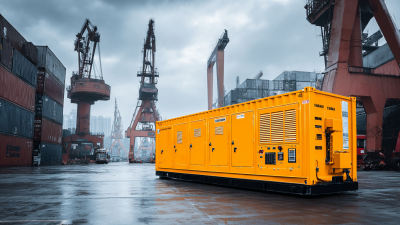
Choosing the Top 7 Factors to Identify Quality Yanmar Container Generator Manufacturers
-

2025 Market Trends & How the Best 1.5MW Generator Set Powered By MTU Can Lead Your Business
-

Innovative Applications of Powered By Mtu in Diverse Industries
-
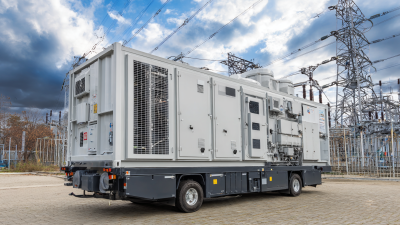
What is the Advantage of Choosing the Best 200kw Generator for Your Business
Blog Tags:


